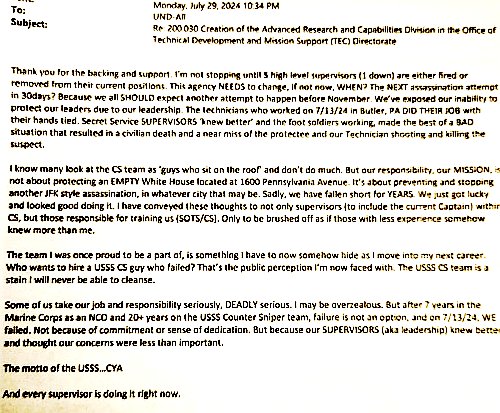August 2, 2024 Quick space links
Courtesy of BtB’s stringer Jay. This post is also an open thread. I welcome my readers to post any comments or additional links relating to any space issues, even if unrelated to the links below.
- NASA to resume issuing lunar lander contracts after a year-plus pause
The article adds nothing specific or concrete, only a lot of mights and maybes and soons.
- Sierra’s Tenacity mini-shuttle begins final preparations for launch
The press release indicates the launch will be on a ULA Vulcan rocket, but no date is revealed.
- Japanese rocket startup Interstellar releases the payload user’s guide for buying space on its Zero rocket
The guide says the company has launched a number of times, but those must have been suborbital tests. Its Zero orbital rocket is aiming for a 2025 first launch.
- Chinese pseudo-company CAS Space touts an image of its proposed Kinetica-2H rocket
This pseudo-company has posted a variety of graphics in the past year, but there has been very little clear information about actual construction.
- Northrup Grumman and NASA are targeting August 3rd for the Falcon 9 launch of the next Cygnus cargo capsule to ISS
Weather remains the biggest concern, presently holding at a 50%.
Courtesy of BtB’s stringer Jay. This post is also an open thread. I welcome my readers to post any comments or additional links relating to any space issues, even if unrelated to the links below.
- NASA to resume issuing lunar lander contracts after a year-plus pause
The article adds nothing specific or concrete, only a lot of mights and maybes and soons.
- Sierra’s Tenacity mini-shuttle begins final preparations for launch
The press release indicates the launch will be on a ULA Vulcan rocket, but no date is revealed.
- Japanese rocket startup Interstellar releases the payload user’s guide for buying space on its Zero rocket
The guide says the company has launched a number of times, but those must have been suborbital tests. Its Zero orbital rocket is aiming for a 2025 first launch.
- Chinese pseudo-company CAS Space touts an image of its proposed Kinetica-2H rocket
This pseudo-company has posted a variety of graphics in the past year, but there has been very little clear information about actual construction.
- Northrup Grumman and NASA are targeting August 3rd for the Falcon 9 launch of the next Cygnus cargo capsule to ISS
Weather remains the biggest concern, presently holding at a 50%.













